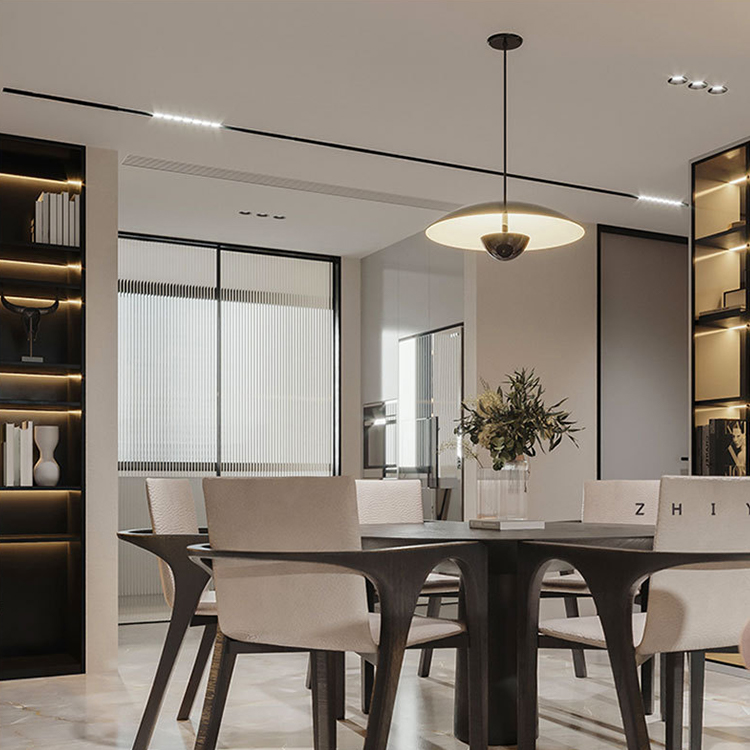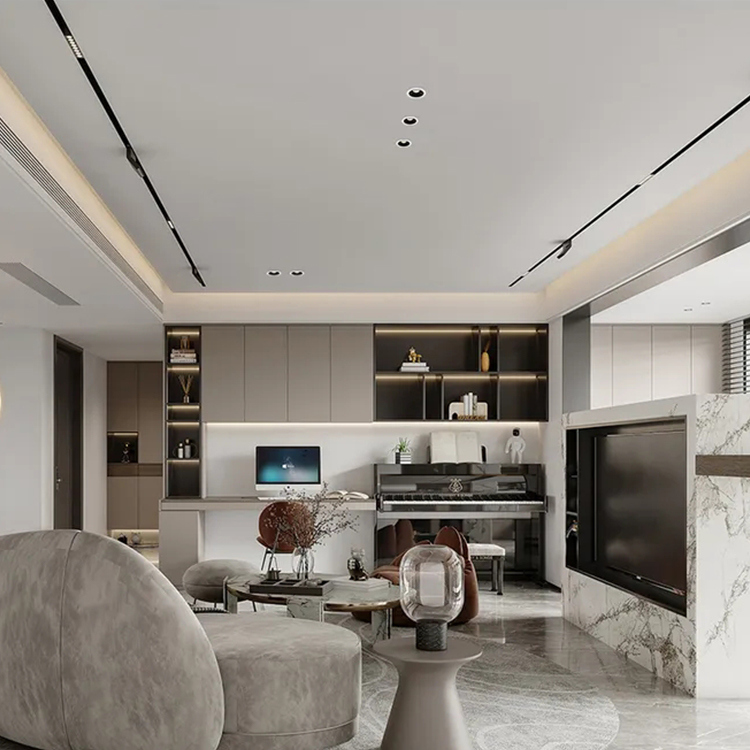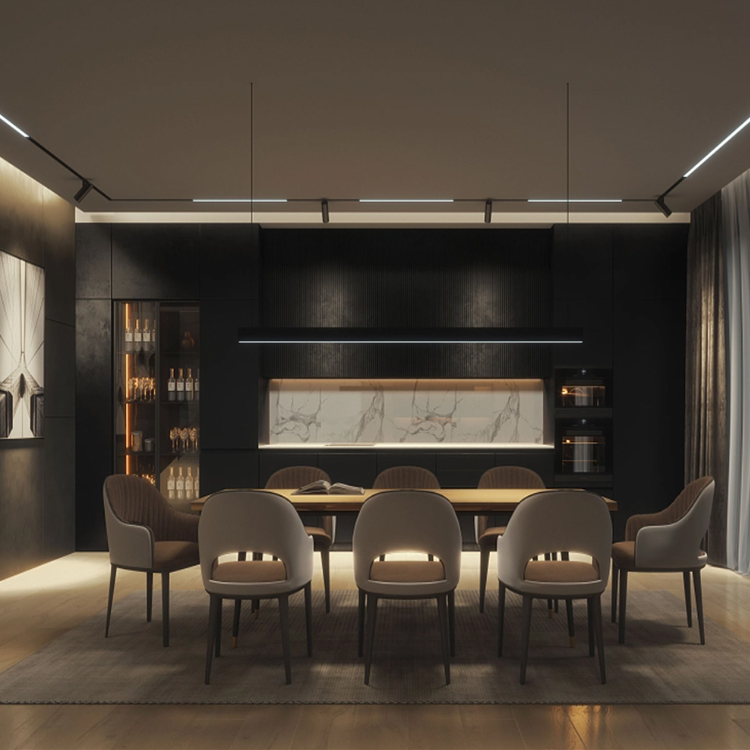It has been more than one hundred of year since human beings entered the era of electrical lighting. Driven by technological development, the lighting industry has mainly experienced four stages of development. The representative lighting products in each stage have their own advantages and disadvantages, but the lighting industry as a whole is developing in the direction of environmental protection and energy saving. At present, global lighting has entered the stage of LED lighting. The emergence of a large number of new products, new equipment and new technologies has made intelligent lighting technology develop towards the direction of system integration.
The industries related to the concept of smart lighting can be divided into three major parts from top to bottom according to the value chain: upstream raw materials and control systems, midstream smart lighting equipment and platform provision, and downstream applications. Upstream raw materials include chips, electronic components, filaments, etc. The control system mainly includes lighting control system, timing system, etc.; the midstream part can be divided into two parts: intelligent lighting equipment and intelligent lighting platform according to different products; the downstream part can be divided into landscape lighting and functional lighting according to different application scenarios , emergency lighting, etc.
Intelligent lighting only entered the Chinese market in the 1990s. With the continuous development and upgrading of the times, intelligent lighting has experienced three stages from centralized to distributed to distributed, and the advantages can be said to be more obvious.
At the beginning, everyone’s perception of smart lighting was only at a relatively shallow level, such as simple operations such as automatic light bulb switching, dimming and dimming, but in fact, the advantages of smart lighting are far more than that. Nowadays, the reason why smart lighting can bloom everywhere is mainly reflected in these three aspects: economical energy saving, convenient operation and diversified and personalized functions.
Smart Lighting – Economical and Energy Saving
First of all, the service life of lamps using intelligent systems will be longer than that of ordinary lamps. As we all know, the main reason for lamp damage is the fluctuation of grid voltage. The use of intelligent lighting system can properly suppress the fluctuation of grid voltage, thereby effectively prolonging the life of lamps and reducing maintenance costs. In addition, the carbon dioxide produced by ordinary lamps and lanterns cannot be completely offset by nature at all, which cannot achieve the goal of carbon neutrality advocated by the state, which has caused certain harm to our living environment. After setting, when the natural light is sufficient, the system will automatically adjust the brightness, so that the space is in a state of constant brightness lighting, and the overall power saving effect reaches more than 30%, which fully reflects the economic and energy saving advantages.
Smart Lighting – Convenient Control
Traditional lighting can only be controlled by a single channel, while the intelligent lighting control system can realize single-channel, multi-channel, switch, dimming, scene, timing, induction and other control, and it is also very convenient to operate. Smart lighting products can also control lights through voice commands. For example, when users go to bed at night, they don’t need to get up and go to the light switch to turn off the lights. They only need to say “turn off the lights”, and the smart lights will be turned off automatically.
Intelligent Lighting – Diversified and Personalized Lighting
In the Internet era, our demand for lighting is not only limited to visual light and shade effects, but also pursues the diversification and personalization of the spatial light environment, which is an area that is difficult to reach with traditional lighting. For example, if a family is now equipped with an intelligent lighting system, a variety of home intelligent lighting modes can be selected to create a different sense of lighting atmosphere during leisure and entertainment at home and gatherings of many people.
Judging from the current market penetration rate, although the domestic smart lighting business is growing, many households are still in the wait-and-see stage and have not yet turned into purchases. For this reason, most smart lighting companies are still trying their best to guide consumers, and the market is currently in the stage of “incremental-based”. From a long-term perspective, once the traditional lighting exits the market, intelligent lighting will be irreplaceable, and the future market potential is also incomparable.




